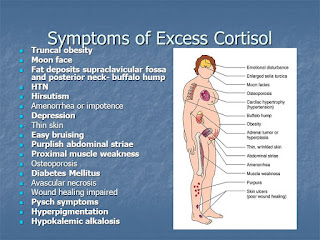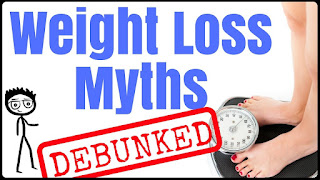How to Naturally Lower Stress Hormone (Cortisol)

STRESS!!! Its causes are absolutely everywhere. Would you agree? Our natural “fight or flight” stress response can sometimes go a little overboard. It’s supposed to help us escape injury or death in an emergency and then return to normal after we’ve fought or flew. But, that doesn’t happen too much in our society - it becomes a long-term reaction. It becomes chronic. You’ve probably heard of the main stress hormone, called “cortisol.” It’s released from your adrenal glands in response to stress. It’s also naturally high in the morning to get you going, and slowly fades during the day so you can sleep. Did you know that too-high levels of cortisol are associated with belly fat, poor sleep, brain fog, high blood pressure, high blood sugar, and even lowers your immunity? Do you experience any of these? Well, then read on because I have a list of foods, nutrients and lifestyle recommendations to help you lower this stress hormone naturally! Foods and nutrients to lower cor

